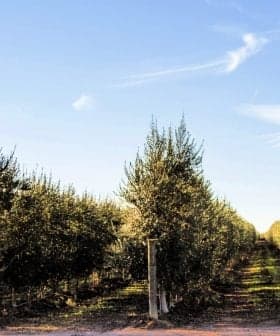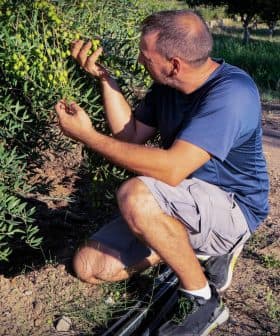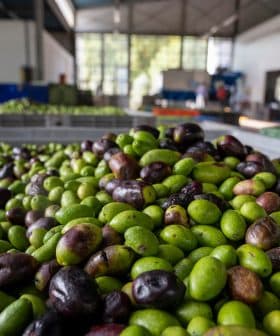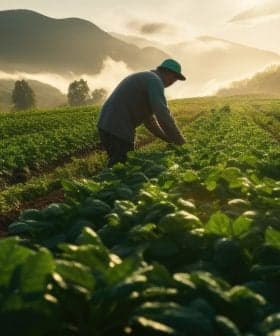Climate Change Is Altering the Nutrient Profiles of the World’s Crops
The United Nations’ IPCC report highlights how climate change is altering the nutritional composition of food by changing biological processes in plants and animals, potentially leading to decreased protein and mineral concentrations and altered lipid composition. The rising global temperatures due to human activities like burning fossil fuels are increasing CO2 levels in the atmosphere, which is expected to decrease the protein and critical nutrient levels in major food crops, impacting billions of people, especially women and children, who rely on plant-based protein for nutrition.
A new report from the United Nations’ Intergovernmental Panel on Climate Change (IPCC) says some of the causes of climate change may also be altering the nutritional composition of food.
“Climate affects a range of biological processes, including the metabolic rate in plants and ectothermic animals,” the IPCC report said.
“Changing these processes can change growth rates, and therefore yields, but can also cause organisms to change relative investments in growth versus reproduction, and therefore change the nutrients assimilated,” the report added. “This may decrease protein and mineral nutrient concentrations, as well as alter lipid composition.”
See Also:Applying Crushed Rock to Croplands Reduces Atmospheric CO2, Study FindsThe gradually increasing annual average temperatures is one of the ways in which Earth’s climate is changing that has scientists the most worried.
While the warming of the Earth’s ambient temperature may benefit some agricultural sectors and enable farmers to grow new crops that only do well in warm regions, it also carries the potential of interfering with the growth and development of other crops.
When temperatures rise above specific ranges optimal for growth and reproduction, heat stress is likely to disrupt a plant’s flowering, pollination and development process. This not only negatively affects crop production but also its nutritional value.
Drastic temperature changes make livestock vulnerable to diseases and parasites too. This is because parasites and diseases that usually target livestock prefer warm and moist conditions, which enable them to multiply.
As a result, farmers are increasingly likely to spend more time and money treating their animals using veterinary drugs and remedies to ward off these threats. Some of these chemicals are likely to enter the food chain affecting the nutritional value of animal products.
Human activities, such as burning fossil fuels, increase the level of carbon dioxide (CO2), nitrogen oxide, methane, and other greenhouse gases in the atmosphere.
See Also:Climate Change NewsStudies show that since the advent of the Industrial Revolution, the concentration of CO2 has increased by 40 percent globally.
CO2 regulates humidity, which determines the size of the greenhouse effect. High concentrations of CO2 in the atmosphere results in high temperatures around the world.
While high concentrations of CO2 usually stimulate plant growth and enhance the level of carbohydrates in the plant, all these come at a cost as the plant produces fewer vitamins, proteins and minerals.
Studies have found that plant proteins decrease significantly when CO2 levels surpass 540 to 960 parts per million.
At the moment, CO2 levels are at 409 parts per million and are projected to hit the danger zone by 2100.
When foods such as wheat, soybean, rice or potatoes are grown in such conditions, they tend to have a six to 15-percent lower concentration of protein than the same plants grown under lower concentrations of CO2.
Additionally, the levels of critical elements such as zinc, copper, nitrogen, magnesium, calcium, and magnesium are expected to decrease as CO2 levels rise.
According to a study published in the Environmental Health Perspectives journal in 2017, if CO2 concentration reaches 500 parts per million, more than 18 countries will lose six to 14-percent of their dietary protein by 2050.
This happens when crops such as wheat, rice, potatoes, and barley cannot absorb nitrate and change it into organic compounds, including protein.
Currently, 76 percent of the world’s population relies on plant-based protein. Top of the list is significant food crops such as soya beans, rice, maize, wheat, millet and potatoes.
This means that if their source of protein and critical nutrients are affected, billions of people will, in turn, be affected and millions of women and children will likely face malnourishment.









